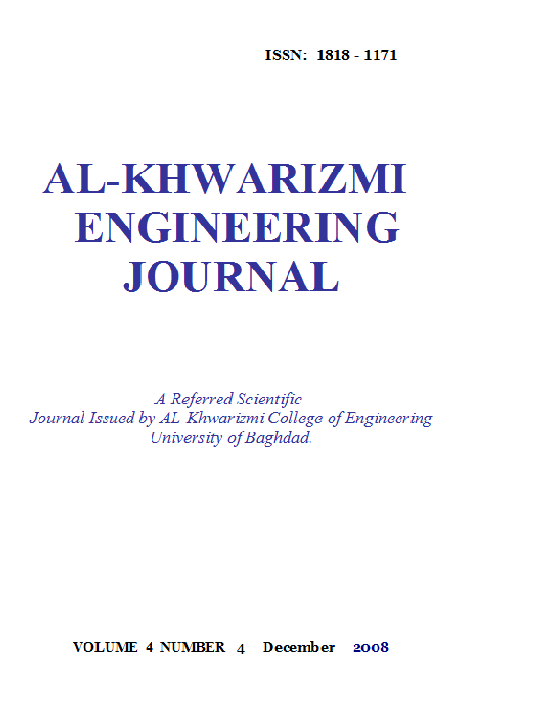Study The Influence of Forming Conditions Like Deformation Speed on Void Closure in Open Die Forging
Abstract
This paper presents an investigation to the effect of the forming speed on healing voids that inhabit at various size in an ingot. The study was performed by using finite element method with bilinear isotropic material option, circular type voids were considered. The closure index was able to predict the minimum press force necessary to consolidate voids and the reduction. The simulation was carried out, on circular cross-section lead specials containing a central void of different size. At a time with a flat die, different ratio of inside to outside radius was taken with different speed to find the best result of void closure.
Downloads
References
[2] Dudra ,Steve and Taek, Yong “ Analysis of void closure “Int. J. of Machine tools manufacture pp.711-780 (1982) .
[3] Sun Jie –Xian “Analysis of special forging processes for heavy ingot by Finite element method “ Int. J. Mach .Tools Manufacture Vol. 28, No. 2 pp 173-179,1988.
[4] OH,S. I,” Finite element analysis of metal forming processes with arbitrary shaped dies “ Int. J. Mech. Sci. vol. 24, No. 8 pp. 479-491 (1982) .
[5] Mujkwan Kak Ajang “The effect of die shape on void closure in open die forging “ Phd thesis, September ,2002.
[6] Cook,Robert, D. “Finite Element Modeling for stress analysis" 1995, John Willy and Son. Inc., New York.
Downloads
Published
Issue
Section
License
Copyright: Open Access authors retain the copyrights of their papers, and all open access articles are distributed under the terms of the Creative Commons Attribution License, which permits unrestricted use, distribution, and reproduction in any medium, provided that the original work is properly cited. The use of general descriptive names, trade names, trademarks, and so forth in this publication, even if not specifically identified, does not imply that these names are not protected by the relevant laws and regulations. While the advice and information in this journal are believed to be true and accurate on the date of its going to press, neither the authors, the editors, nor the publisher can accept any legal responsibility for any errors or omissions that may be made. The publisher makes no warranty, express or implied, with respect to the material contained herein.












